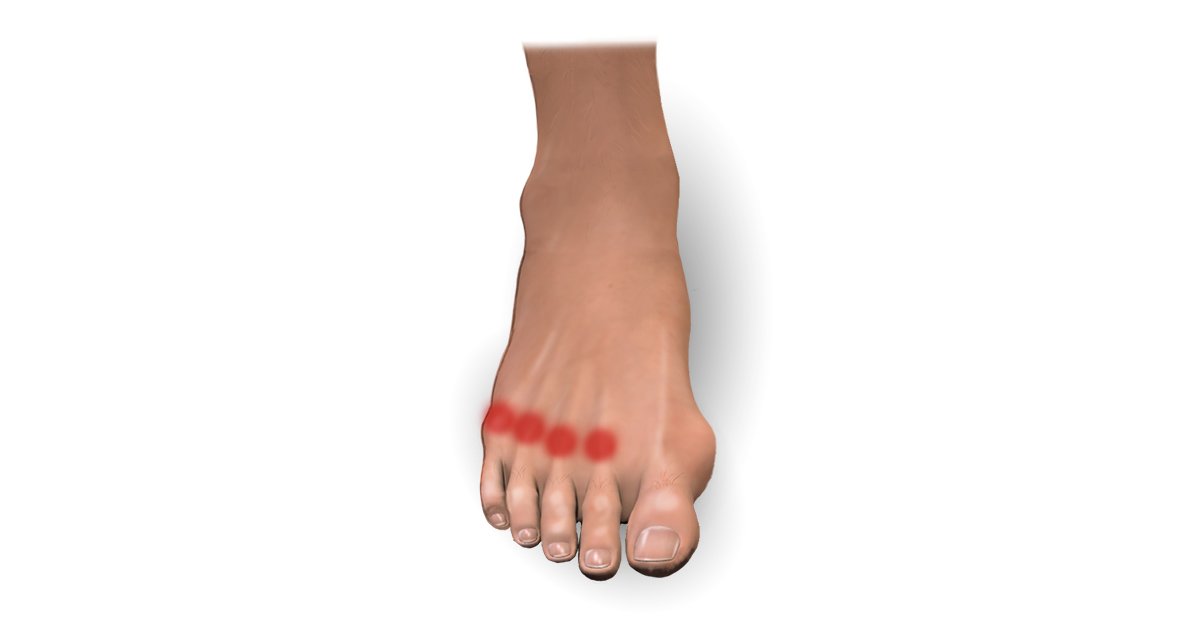
If you have undergone surgery or an injury to the foot, the chances are good that you are experiencing symptoms of metatarsalgia. Metatarsitis is pain in your big toe, usually felt on one side of the foot or the back of the big toe. It can also be described as a chronic irritation, inflammation and thickening of your big toe.
Foot pain can be caused by many things, but overexertion is the most common
This is most often caused by wearing too many high heels and thin soles. In addition, prolonged standing or walking on a rough surface puts additional stress on the bones of the big toe, which causes pain. Some people also develop metatarsalgia after a foot injury in improper shoes.
The metatarsal bones are the most flexible bone in your body. They support the entire arch and provide maximum heel support. If these bones are not properly supported, you can fall and bruise the bone when you land on your toes. When you walk, you can also develop an over-arching arch of your foot, which will stretch your big toe when you walk. Eventually, stress can lead to a more serious condition called Achilles tendonitis.
A diagnosis of metatarsalgia is usually made based on your medical history, symptoms, imaging tests, and imaging findings such as X-rays, MRIs, and EMGs. Your doctor may do additional tests, including a physical exam nerve testing and bone densitometry, to rule out other conditions.
Once your doctor has ruled out Achilles tendonitis, they will order diagnostic imaging tests to rule out arthritis or any infection that might be causing the pain

Tests can include:
- X-ray: This test shows the structure of your bone and the location of bone fractures. X-rays can show abnormalities such as bone spurs, bone marrow cysts, bone nodules, or other bones. Your X-ray may show signs of a swelling in your big toe, known as edema. pronulopathy if there is excessive fluid in the affected area. It can also indicate arthritis, as osteoarthritis can cause swelling of the metatarsal bones. and swelling may also be present on the big toe if you have arthritis. There may also be bone fractures called bone fractures.
- Nerve tests: Nerve tests can be done to help diagnose the nerve problems associated with metatarsalgia. The most common tests used are nerve conduction studies, which will show if there is inflammation of the nerve endings near the site of the symptoms. Nerve conduction tests include the use of a magnetic resonance imaging (MRI) scanner. Nerve conduction tests show the activity of nerve fibers in the area of the metatarsal bones in response to light waves. These tests can detect the pain on both sides of the big toe. Electromyogram (EMG) can show the electrical activity of nerves along the nerve pathways and in the area of the big toe, especially near the site of pain. A nerve probe placed on one foot, known as a transcranial magnetic probe, will record the movement of your toes in response to pain.
- Bone density study: If there is any evidence of an infection in the foot or an infection in your body, the doctor may perform a bone density study. to determine whether there are any abnormalities. In this test, a machine will be placed on your foot and your doctor will monitor the amount of bone mass.
In addition, your doctor can also diagnose metatarsalgia by performing a muscle-testing test. The muscle-testing test will determine whether you have pain in your ankle, knee, wrist or any other joint. If you have the symptoms of metatarsalgia and pain in any of these areas, it is important to visit your doctor for testing so that your doctor can rule out arthritis or any other medical condition that might be causing your metatarsalgia.

